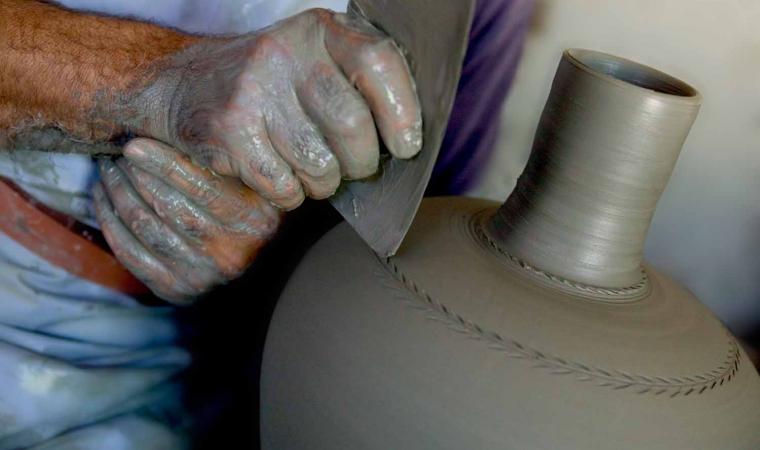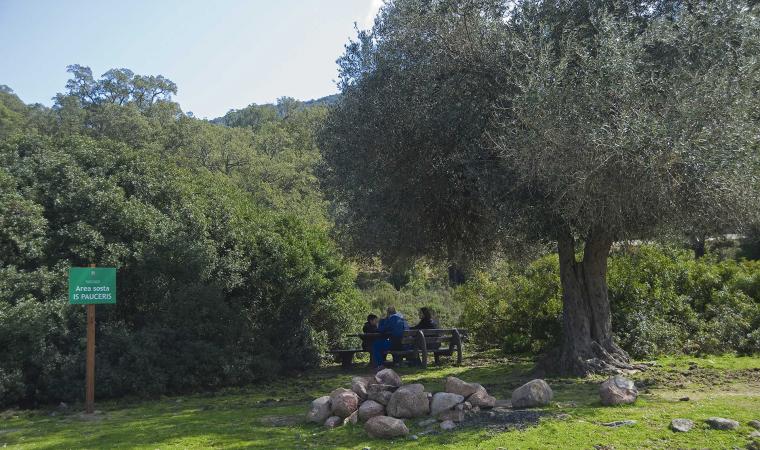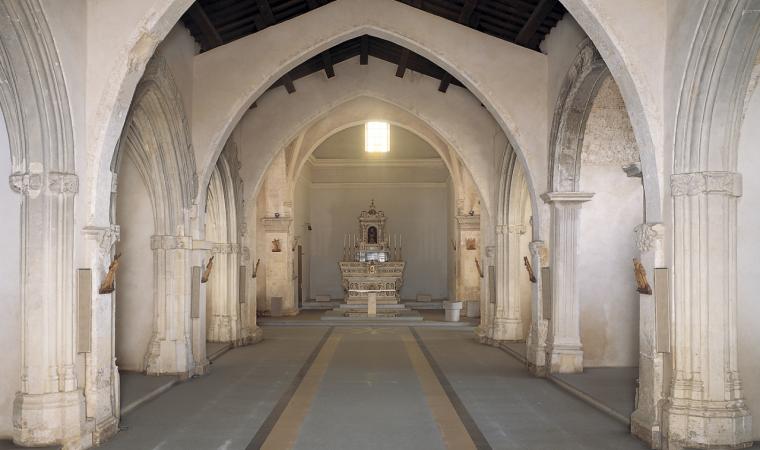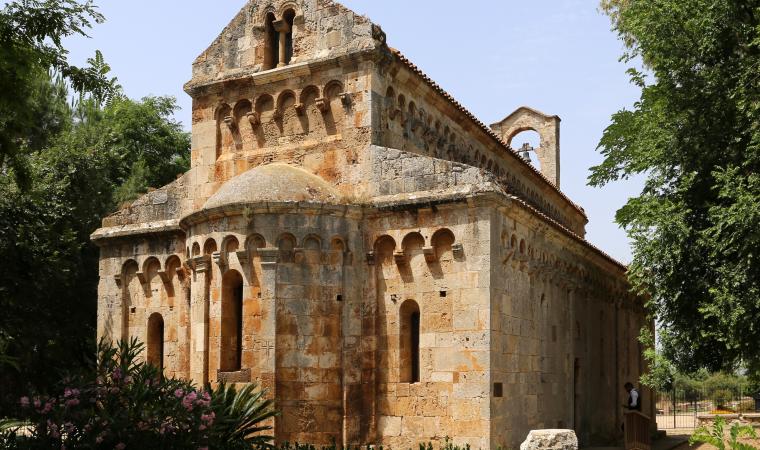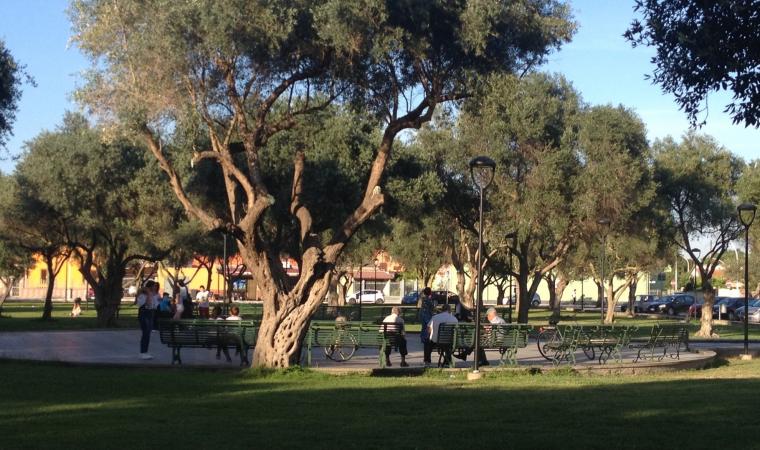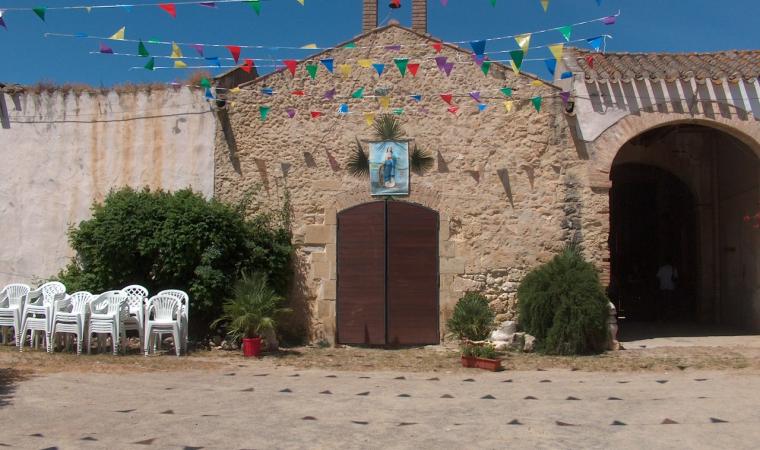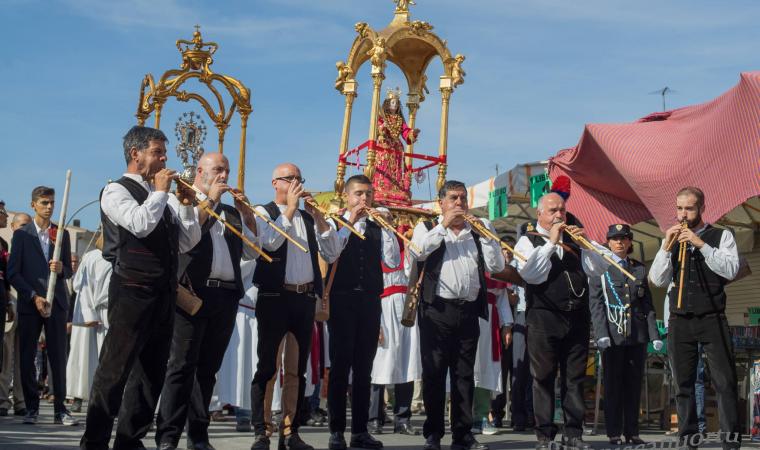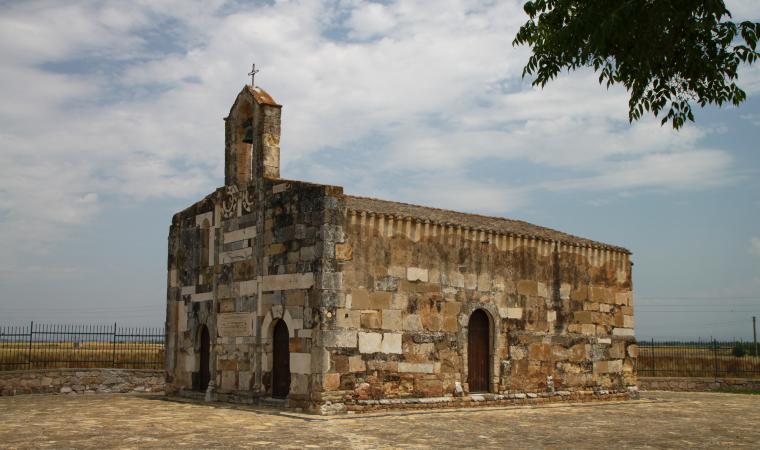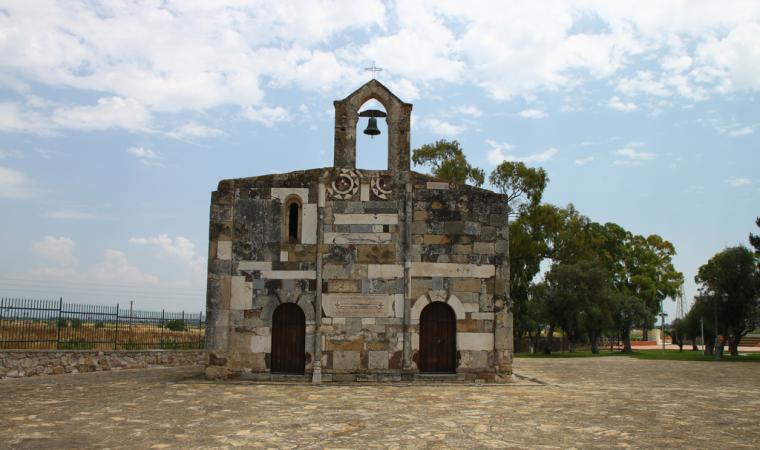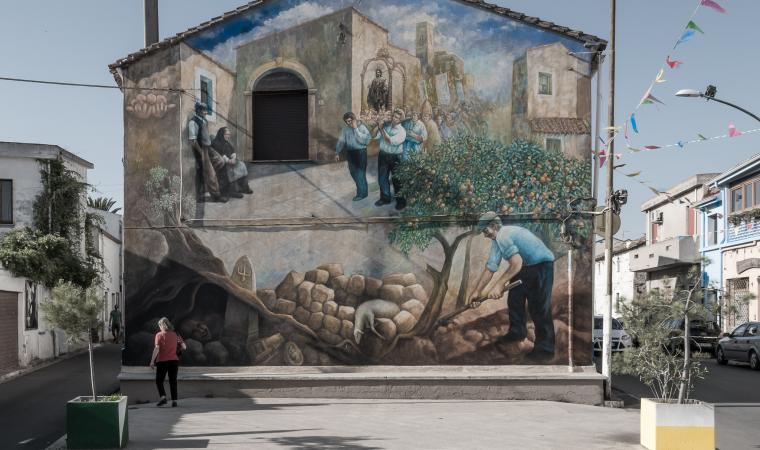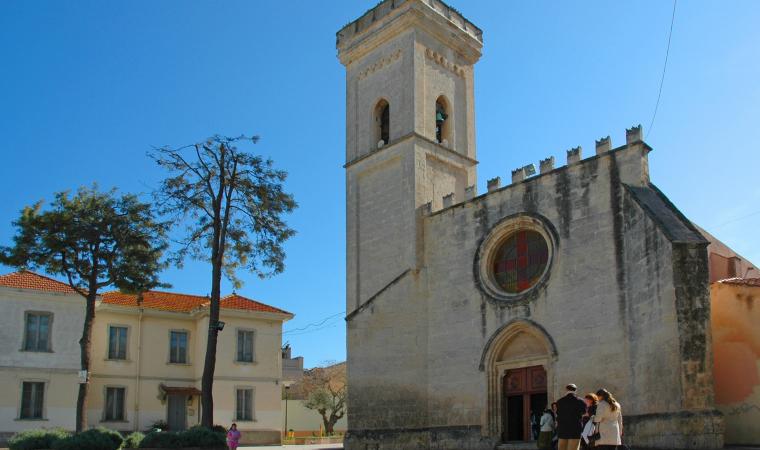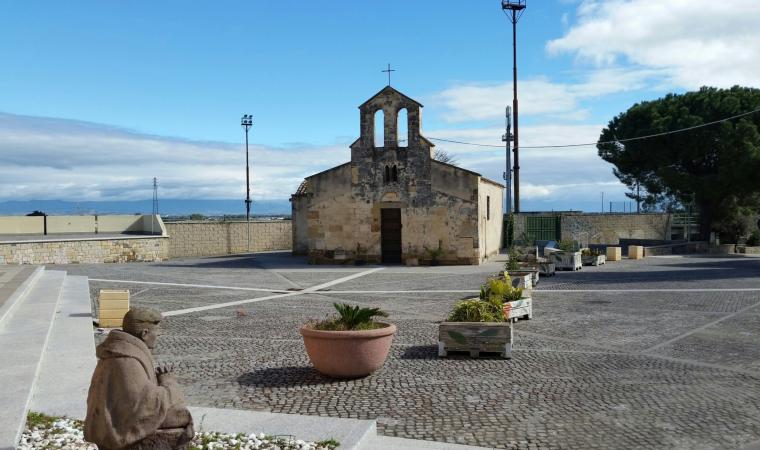It stands in the lower Campidano plain, north of the Stagno di Santa Gilla, in a territory irrigated by various watercourses. Assemini has been inhabited since prehistoric times. In the mountainous area of Fanebas there are even traces of a Nuragic civilisation. Punic and Roman necropolises, on the other hand, are located near Is Tuvus and Porcili Isidori. A document dating back to 1107 shows the name of the Giudicato Villa of Arsemine, which led to the birth of the town in the Middle Ages. In fact, the layout of the Byzantine church of San Giovanni Battista dates back to the 11th century, with a Greek cross layout, today found in the historic centre. The parish church of San Pietro, an admirable example of Gothic-Catalan architecture, dates back to the second half of the 16th century. Around these are the thoroughfares of the village created by the typical Campidano houses built with bricks of mud and straw (ladiri) and characterised by their arched portals.
Assemini, famous for its artisan traditions, is a leading town in the working of ceramics, so much so that it is distinguished at an international level. It is home to laboratories that produce valuable artefacts. The working methods are on display throughout the mostra-mercato dell’Artigianato - a handicraft exhibition-market. With regards to exhibitions, in the outskirts of the town there is the Museo di Storia Naturale Aquilegia, where paleontological, botanical, geological and zoological finds can be admired in reconstructions of lagoon and mountain environments. The town also boasts a delicious gastronomic tradition. For example, there are the panadas, layers of pasta containing lamb (or eel) and potatoes.
Handicraft, culture, cuisine and even a beautiful landscape. Together with the territory of various neighbouring municipalities, that of Assemini extends into the oasis of Gùtturu Mannu, 35 thousand hectares covered with holm oaks, mastic trees, oleanders, cork oaks, olive trees and heather, in one of the oldest forests in the Mediterranean. Active walks amongst animal species such as deer, European cave salamanders, Northern goshawks and wild cats can be enjoyed. The park is home to areas of protected wildlife, including Monte Arcosu, the largest WWF reserve in Italy, established to protect the Corsican red deer. Nearby, the San Leone mine can also be found, being part of the Parco Geominerario. Finally, not to be missed is a visit to the Laguna di Santa Gilla, a birdwatching paradise. By extension and biodiversity, this is one of the most important marshland areas in Europe, the habitat of 200 bird species, 70 of which are sedentary: herons, ducks, barn owls, black-winged stilts, hawks, gulls, kingfishers and, its symbol, the pink flamingos.



